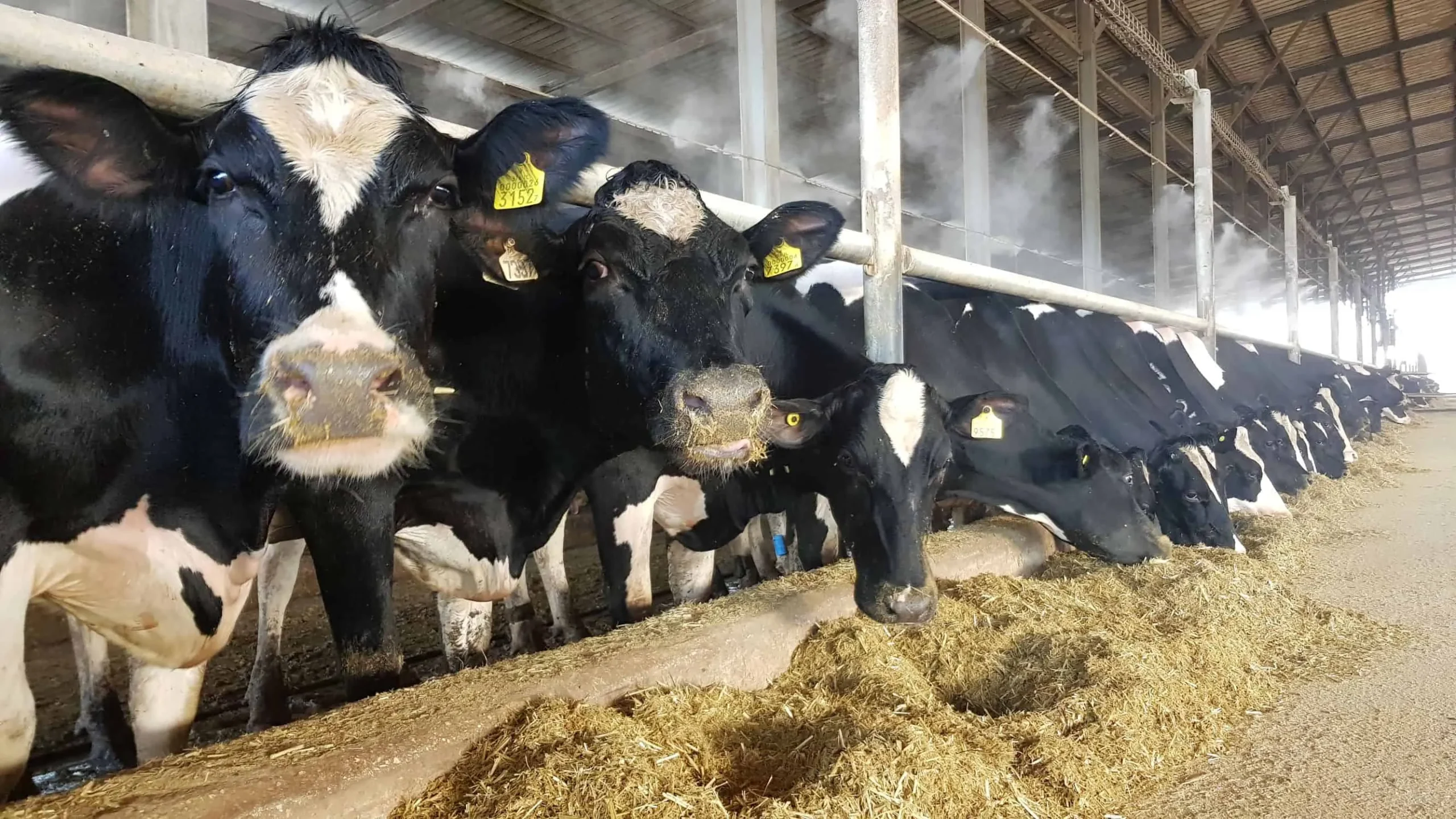Farming has always been a profession of skill, dedication, and hard work—but in today’s fast-paced world, relying on traditional methods alone is no longer enough to stay competitive. Technology has entered every corner of agriculture, and livestock and dairy farm management is no exception. From tracking animal health to automating feeding systems, modern tools are helping farmers increase efficiency, improve animal welfare, and boost profitability.
In this blog, we’ll explore how technology is transforming livestock and dairy farming, and why embracing these innovations is essential for long-term success.
1. Centralized Farm Management Systems
One of the biggest challenges in managing livestock and dairy farms is handling the vast amount of daily data—breeding records, milk production levels, feed schedules, and health reports.
Farm management software consolidates all of this information into a single platform. This allows farmers to track individual animal performance, monitor herd health, and analyze trends. With real-time updates, decisions become faster and more data-driven, helping to avoid costly mistakes and maximize productivity.
2. Precision Feeding Technology
Feed is one of the largest expenses in dairy and livestock farming. Overfeeding can waste resources, while underfeeding can negatively affect growth rates and milk production.
Automated feeding systems use smart sensors to provide the exact amount of feed each animal needs, based on its weight, age, and production stage. This ensures balanced nutrition, reduces waste, and directly improves animal health and output quality.
3. Advanced Health Monitoring
Keeping animals healthy is a top priority, but detecting illnesses early can be difficult. Wearable devices—such as smart collars, ear tags, or leg bands—track activity, eating habits, and body temperature.
If an animal shows abnormal patterns, the system sends an alert to the farmer’s phone or computer. Early intervention means faster recovery, reduced mortality rates, and better overall herd performance. This proactive approach also supports stronger biosecurity measures.
4. Automated Milking Systems
For dairy farms, milking is both essential and time-consuming. Automated milking systems, also known as robotic milkers, allow cows to be milked whenever they choose.
These machines use sensors to measure milk yield, detect quality, and monitor udder health. They also improve efficiency by reducing labor needs and ensuring consistent milking routines, which benefits both the cows and the farmer.
5. Breeding and Genetics Management
Selective breeding is vital for improving productivity and disease resistance in livestock. Digital breeding management tools track fertility cycles, breeding dates, and genetic traits to ensure the best pairing decisions.
Some farms even use AI and genetic testing to predict performance outcomes, resulting in stronger, healthier herds that meet production goals faster.
6. Environmental and Climate Control
Animal comfort directly affects productivity. Environmental monitoring systems measure temperature, humidity, ventilation, and air quality in barns or shelters.
If conditions fall outside the optimal range, automated systems adjust fans, heaters, or cooling units to maintain a comfortable environment. This not only supports animal welfare but also reduces stress-related production losses.
7. Waste Management and Sustainability
Sustainability is a growing focus in agriculture. Farms are now using manure management systems that convert waste into organic fertilizer or renewable energy through biogas production.
Technology also enables precise water and energy management, reducing environmental impact while lowering operational costs. These eco-friendly solutions not only improve sustainability but also meet consumer demand for responsibly produced dairy and meat.
8. Supply Chain Integration and Traceability
Modern consumers value transparency in food production. Integrated farm management systems allow farmers to track products from the animal’s birth to the final product on store shelves.
This traceability builds consumer trust, supports compliance with regulations, and makes it easier to manage recalls if necessary. ERP systems can also connect farm operations with suppliers, processors, and retailers, creating a smooth supply chain flow.
9. Mobile Farm Management
Farmers no longer have to be in the office to manage operations. Mobile farm management apps give them access to data, alerts, and reports from anywhere.
Whether in the field, barn, or traveling, farmers can monitor herd health, adjust feeding schedules, or approve supply orders with just a few taps on their smartphone. This flexibility saves time and ensures rapid responses to emerging issues.
10. Financial and Performance Analytics
Technology doesn’t just improve animal management—it also boosts financial efficiency. Farm management platforms integrate expense tracking, payroll, and profit analysis into daily operations.
By combining operational data with financial records, farmers gain a complete picture of performance. They can identify cost-saving opportunities, improve resource allocation, and ensure the business remains profitable year after year.
Conclusion
The role of technology in livestock and dairy farm management goes far beyond convenience—it’s becoming the foundation of modern, competitive farming. From precision feeding and automated milking to environmental monitoring and financial analytics, these tools are helping farmers meet rising production demands while maintaining high standards of animal welfare.
As technology continues to evolve, farms that embrace innovation will be better equipped to thrive in a rapidly changing agricultural landscape. The future of livestock and dairy farming is connected, data-driven, and more efficient than ever—and it starts with adopting the right technology today.
Read this also
